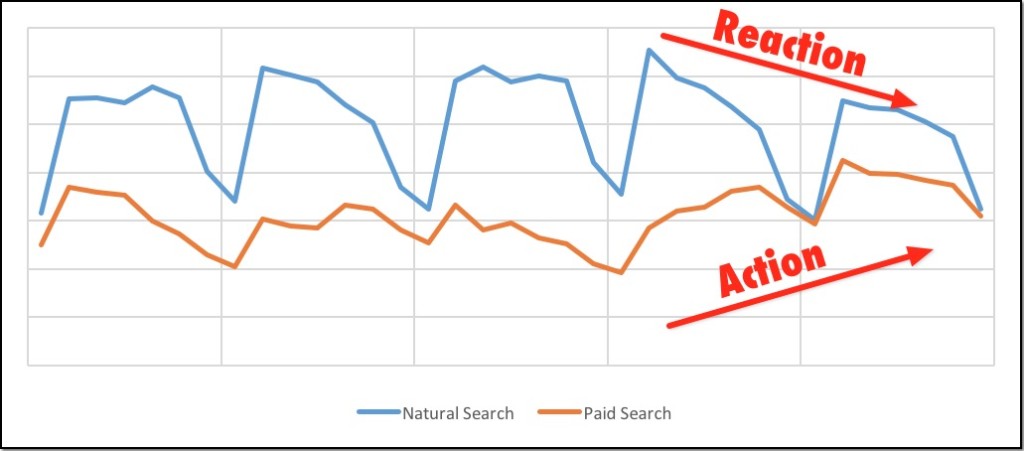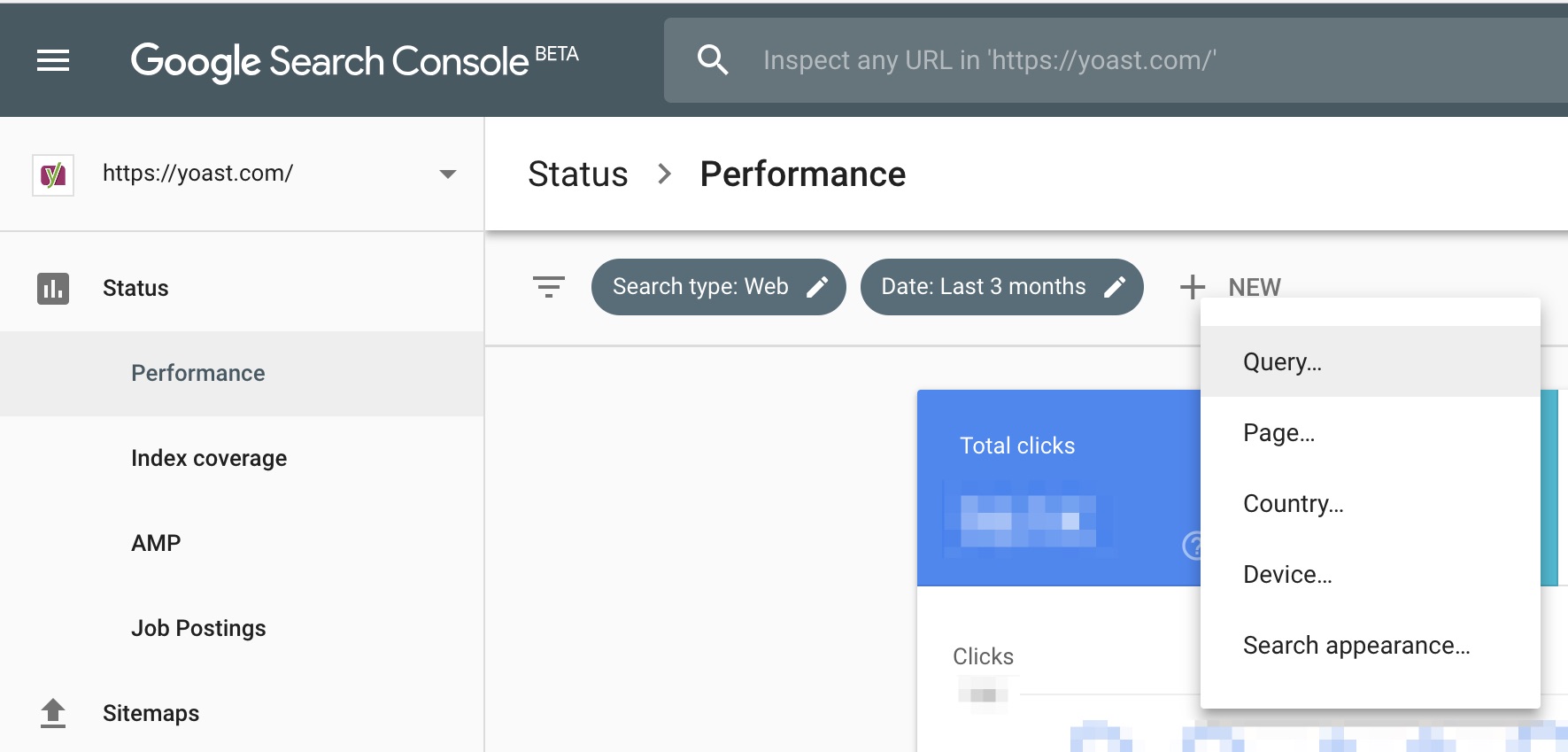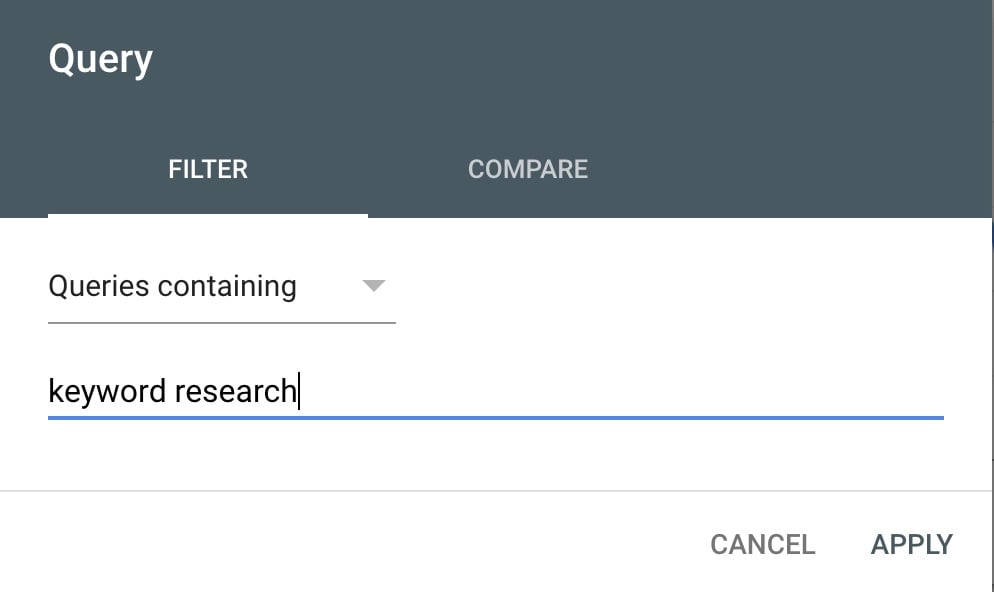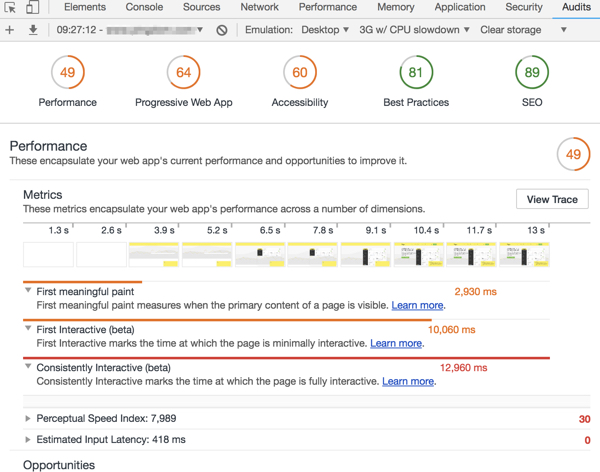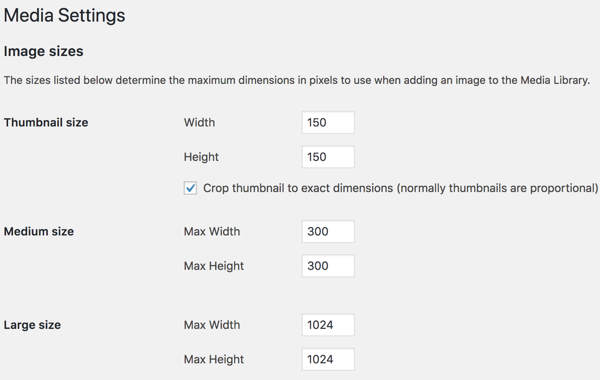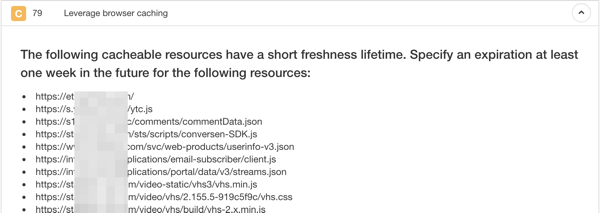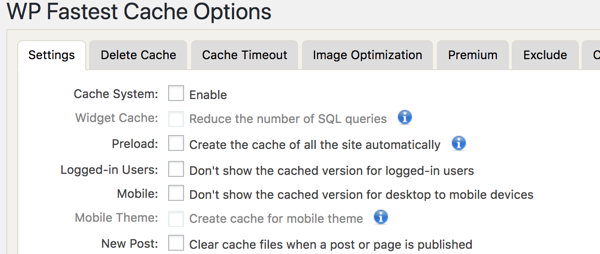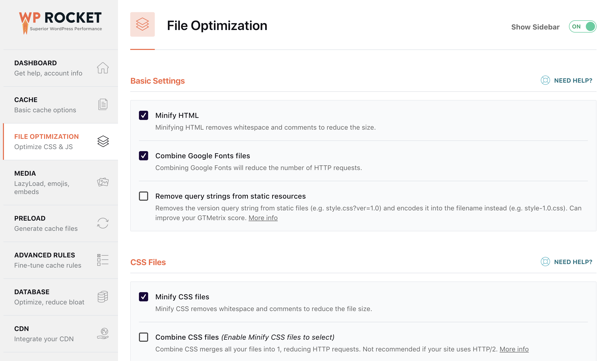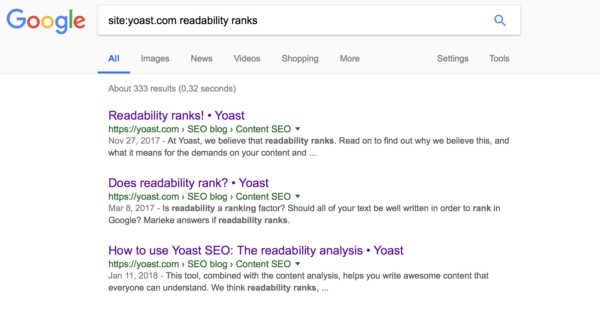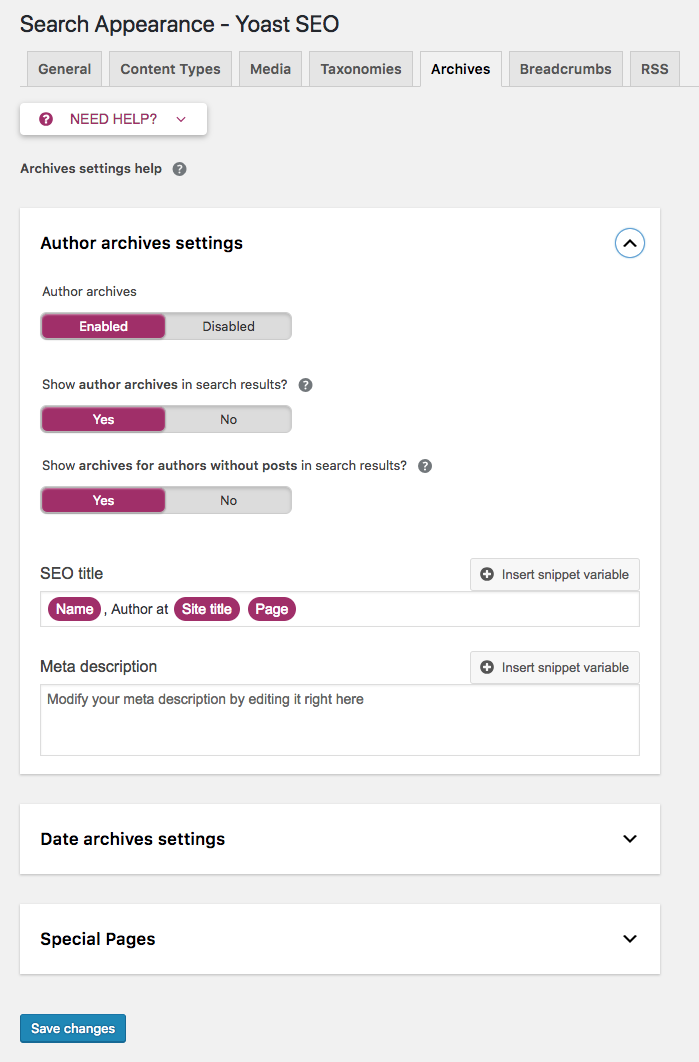By SEO for boring products, we mean SEO for products that are impossible to write exciting content for. Products that need a thousand words to describe all tiny details and small print, but are, in the end, just car insurances, paper clips or emergency exit signs. We have all had or have been that customer that just could not come up with the right, engaging content. Sometimes it’s just hard to write something that makes sense about a product, from your own perspective. In this article, we’ll explain how to approach SEO for boring products!
 Info First: get the basics right
Info First: get the basics right
Regardless of what product you’re selling, you always need to make sure that the basics of SEO for your site are right. That means that you’ll have to put some decent effort into:
- keyword research
- site structure
- technical SEO
You’re in luck. At Yoast, we offer SEO courses for every one of those aspects. Or you could start out with our Basic SEO training and take it from there. And if you are using WordPress, install our Yoast SEO plugin and we’ll cover a lot of these basics for you. So far for commercial messages.
Are your products boring, to begin with?Sometimes we feel like a product is boring, but in the end, it really isn’t. We’re not selling insurance; we’re selling safety. You’re not selling paper clips; you’re cleaning up or organizing a messy office desk. A hammer isn’t used to drive in a nail; we’re using it to hang a painting.
If you look closely at the goal of your product for the end user, you might find that, even though your technical specs might be boring, there is still an engaging story to tell. SEO for boring products could be less about the product itself, focusing instead on the purpose of the product. That’s just the first step. Don’t be modest about your products, but look at them from your customer’s angle.
The product category, not the productEven with the purpose of your product in mind, we understand that it’s incredibly hard to write engaging content for every one of your 1,500 types of screws. Yes, some may have other uses than others, but in the end, a screw is a screw. When it’s hard to optimize every single product page (I’m not saying it’s impossible), you could take a closer look at your category page instead. The same rules apply: look at your product category’s purpose, not at the actual products. We’re knitting a scarf, not selling threads of wool here.
Content ideas for boring contentContent used for SEO for boring products could be just informative. But it should also be content that people want to link to and share on social media. So, perhaps you could also think along the lines of more entertaining content, like a funny product video. We see a lot of these nowadays, right? Besides that, keep in mind that your product page isn’t the only place on your website that’s suitable to inform people about your product. You could have general pages about your company that are suitable for product promotion. And what about your blog? Your blog is an excellent spot to talk more in-depth about your products, like we do on our blog about our courses and plugins. A blog is obviously awesome to help with SEO for boring products.
Learn how to write awesome and SEO friendly articles in our SEO Copywriting training »
 Info Here are some content ideas
Info Here are some content ideas
The input for these pages can be found everywhere. And can be quite diverse.
- Check social media for ideas – what is the competition doing? You are not the only one in your niche or industry, so you’ll probably get some good ideas on what to do and what not to do. See what the competition is doing, see if something similar fits your brand and create your own stories, blog posts, product pages based on that. Learn, but don’t imitate. Improve what your competitor is doing.
- Talk to your users and get their stories, so people can relate to that. Recognition is always a trigger for me. If I can relate to a story about a product – not necessarily because the product appeals to me, but the person telling the story is someone that I can relate to- the product already becomes more appealing. Think similar social groups, age categories, etcetera. Talk to your users, tell their story about your product. What have they gained by it, what did it bring them? How did their lives become better after purchasing your product or reading your website?
- Write an extensive how-to or manual – people are always looking for how-tos, right? If you are selling travel insurances, your visitor wants to know what they have to do when they actually need that insurance. Will it be hard to reach you and talk to you? I can imagine a lot of them want to know how to do that upfront. And why not go overboard: how to make an elephant out of a paper clip. I’m sure it can be done. But that’s a whole different angle.
- Add videos. Perhaps even more than written howtos, people watch videos. When I’m looking for a product that will set me back a certain amount of money, usually certain gadgets and other stuff I think I really need, I watch unboxing videos, people using the product and preferably live reviews. I want to see other people sharing their stories, so feel free to create that video after talking to your users as mentioned before!
- Create a user story and start storytelling. Storytelling is hot, you see it more and more. ‘Create’ users and share their experiences online. Social media is excellent for this, but your blog also provides a solid base for storytelling. We mentioned before in an article about testimonials that “stories have a positive influence on a customer’s perception of a brand, as well as the willingness to purchase. Stories can affect behavior, given that the story resonates with your visitor.” And you can craft that story to your own needs, as long as you keep it natural. Create a story people can relate to.
- Top 10 tips and other awesome ideas with your product. I just wanted to mention this separately. The paper clip elephant could easily grow into a top 10 paper clip animals – great for social sharing. Emergency exit signs are boring, but I’m sure a few of those appear in leading roles in Hollywood blockbusters. On a more serious note, in the case of the insurances, the top 10 tips for travels to <insert country> and that travel checklist are great ideas that will attract visitors. Again, check the competition and learn from them.
SEO for boring products is about making a product less boring by focusing less on the product and more on the visitor/customer and the reason they need your product. These stories, combined with a solid SEO base and an engaging social media strategy will help you a lot.
Good luck optimizingThe last thing that I would like to mention, is that there is a real opportunity here. If you manage to make your SEO for boring products work, if you manage to create engaging content for products that you thought were dull and uninteresting, this is going to give you an edge on your competitors. You are not alone in finding it hard to come up with that content. All your competitors are probably struggling as well. Get creative! Good luck optimizing.
Read more: Product page SEO »
https://ift.tt/2NWpQm4





